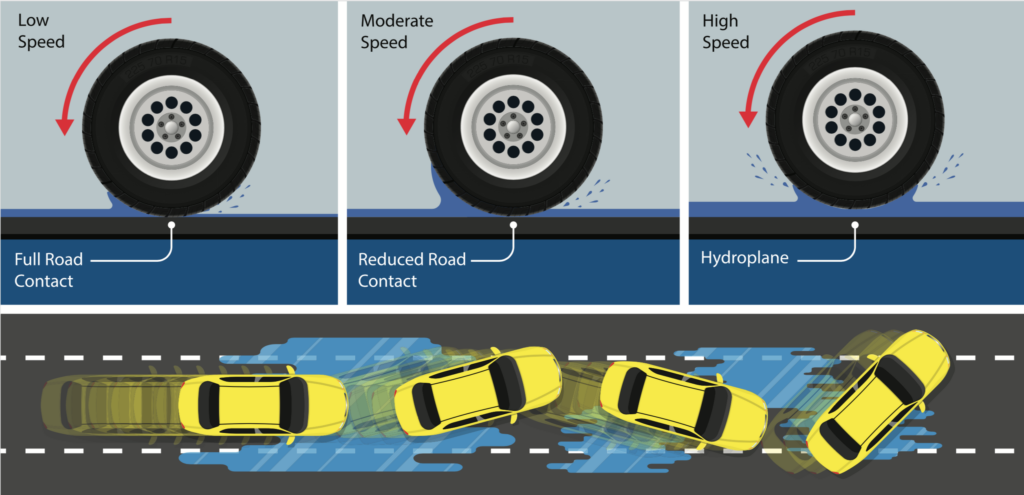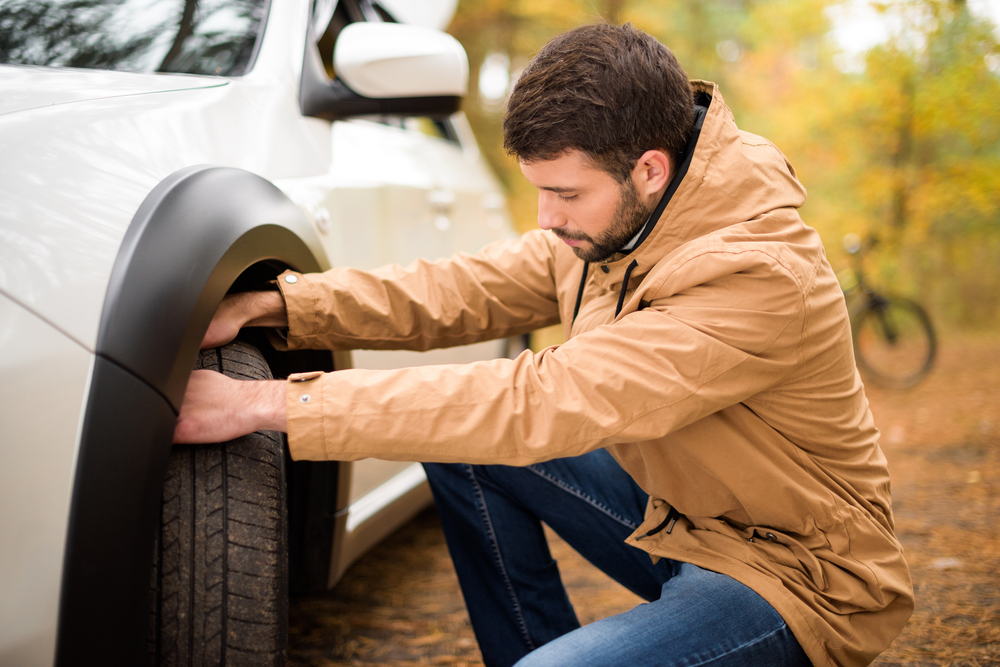Driving in heavy rain and storms
The winter season can not only bring heavy snow and ice to our UK roads, but often, the milder weather can bring torrential rain and flooding to many already saturated areas. As we have seen recently with various storms the poor weather may only just be starting for winter 24/25. So, it is vital that we stay safe on the roads and drive cautiously.
Here are a few tips to help you stay safe in adverse weather conditions.
Weather Forecast
Check the weather forecast for your area and the route you are considering before any journeys to make sure that you are confident that you will be able to complete your trip without any problems. If there are signs that there may be road closures or flooding check for alternative routes or postpone your journey if needed.
Local Radio/Social Media
Keep your radio tuned to the local weather and traffic announcements so you can redirect your route if necessary before you reach an area that may be compromised. Also make sure you receive updates from local councils on social media – who often give very quick and up to date news on floods and road closures.
Slower Speeds
Always drive slower than usual in heavy rain and downpours, leaving a much larger space between you and the vehicle in front; this will allow you a better braking allowance should you need it and reduce the chances of aquaplaning.
Use headlights
Always drive with your headlights on dipped beam when driving in heavy rain, this is so you are seen by other road users. Do not be tempted to use your fog lights in a downpour.
Cautious braking
Be very careful when using your brakes when driving in heavy rain, as skidding can occur more easily.
Beware of aquaplaning
Aquaplaning is extremely dangerous. It occurs when your car loses its grip contact patch in floodwater. If you feel your car starting to do this, you must take your foot off the accelerator pedal and allow the car to lose speed. Try not to brake, but come to a lower speed naturally. This will help you regain control of your car.

Do not use cruise control
It is wise not to use cruise control when driving in heavy rain as you must always be fully in control of your car, with both hands on the steering wheel.
Beware of excess condensation.
Make sure you keep your windows clear of condensation, which can be a problem with older cars, especially in wet weather. Steamy and condensated windows can land you in trouble with the police too, so it is vital that you make sure that you keep your windows clear at all times so you do not miss anything that is happening on the road ahead. If you have aircon, then it is wise to keep it on in heavy rain. It will help keep condensation to a minimum.
Check your tyres
One of the most important things keeping a car on the road is the tyres. if they are worn or getting near the point of wear, they will not give you the best traction, which is essential on wet and flooded roads. 1.6mm is the legal limit, so if your tyre treads are getting to this point, winter is the perfect time to change them.

Be considerate of others
We have all giggled at the funny videos of speeding cars splashing poor, unsuspecting pedestrians, but it is really not funny. We have seen how cars attempting to drive down flooded lanes have caused flood waters to push further into homes already on the brink of total chaos. A tractor driver in Tenbury Wells was prosecuted this last week for driving through the town centre during the flood, causing the flood water to rise further and smash some shop windows on the way.
